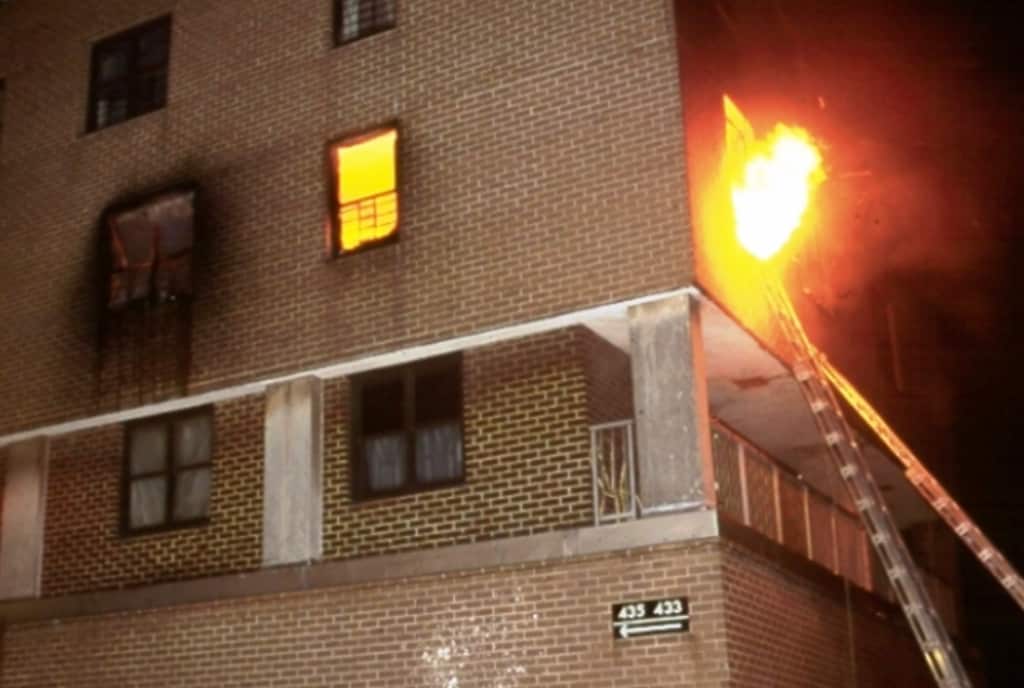
Blog: Stack Effect: Wind-Impacted Fires…Without the Wind
November 7, 2016
Blog: #WednesdayWisdom from FDNY Pro Deputy Chief John A. (Jay) Jonas
November 16, 2016Breathing from your diaphragm oxygenates your blood, which helps you relax. Shallow chest breathing, by contrast, can cause your heart to beat faster and your muscles to tense up, exacerbating feelings of stress.
Diaphragmatic Breathing works to calm your body and ultimately bring you to a more peaceful state physically and mentally. They assist your parasympathetic nervous system by bringing you back to a place of homeostasis.
What is Diaphragmatic Breathing?
Breathing from your diaphragm oxygenates your blood, which helps you relax. Shallow chest breathing, by contrast, can cause your heart to beat faster and your muscles to tense up, exacerbating feelings of stress. To breathe deeply, begin by putting your hand on your abdomen just below the navel. Inhale slowly through your nose to the count of four and watch your hand move out as your belly expands. Hold your breath for four seconds and then exhale slowly to a four count. Remember, when you experience something you perceive as stressful or traumatic, your sympathetic nervous system causes your bronchioles to dilate to allow for more oxygen and your breathing becomes rapid. Slowing your breathing allows you to regain a measure of calmness.
More activities to help combat emotional responses to trauma, including Post-Traumatic Stress Disorder (PTSD) can be found in the 3rd/2016 edition of Pro EMS article by Dr. Tremaine Sayles.


